I revived my stained cutlery with just baking soda and aluminium foil — here's how
This cleaning hack is game-changing
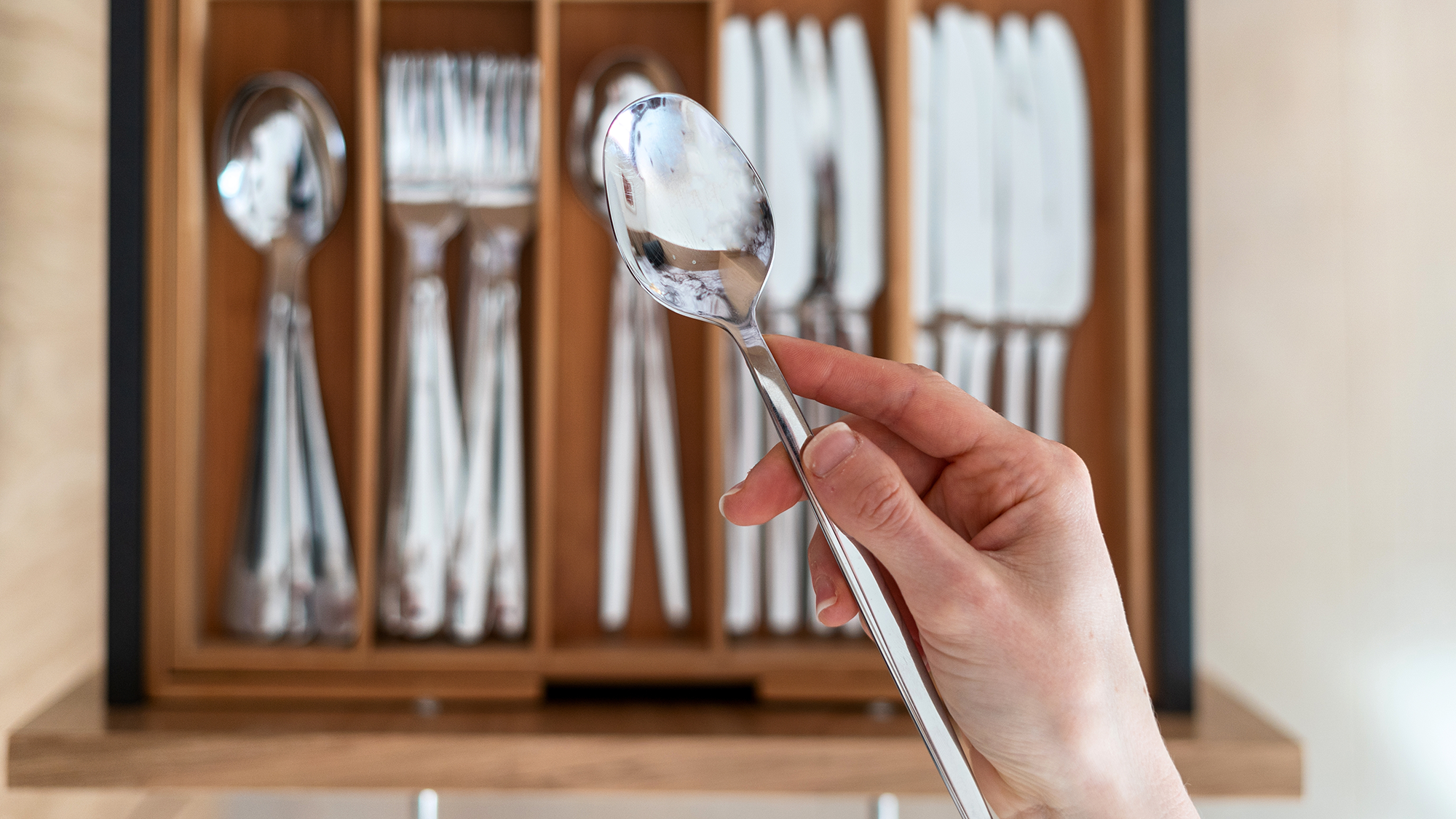
Last week, I was about to throw out my favorite set of cutlery. After years of daily use, every teapoon was stained with stubborn tea and coffee marks, while the forks had that unmistakable dullness that no amount of dishwasher cycles seemed to fix.
The dark spots were particularly noticeable when setting the table for guests, and I found myself hiding the worst offenders at the back of the drawer. Before investing in an entirely new cutlery set, I decided to try a cleaning hack I'd seen mentioned on Instagram but had always been skeptical about.
Using just baking soda and aluminium foil, I completely transformed my stained cutlery back to its original shine. What makes this method so effective isn't just aggressive scrubbing, it's actually a clever bit of chemistry that reverses the tarnishing process itself.
Best of all, this solution is an absolute steal compared to commercial cleaners and requires almost no elbow grease. Here's how you can get your cutlery sparkling like with new this clever cleaning hack.
How it works
Those annoying stains on your cutlery happen when the metal reacts with substances in food and drinks. Instead of just scrubbing these stains away, this method actually reverses the chemical reaction that caused them in the first place.
When the baking soda dissolves in hot water, it creates a solution that conducts electricity. The aluminum foil and your cutlery then create what's basically a tiny battery. This natural electrical current actually pulls the stain particles off your cutlery and transfers them onto the aluminum foil instead.
That's why you'll notice the foil turning darker during the process — it's literally taking the stains away from your utensils.
Sign up to get the BEST of Tom's Guide direct to your inbox.
Get instant access to breaking news, the hottest reviews, great deals and helpful tips.
What you'll need
- Aluminum foil
- Baking soda
- Hot water (not boiling)
- Heat-safe container
- Soft cloth for drying
1. Prepare the container
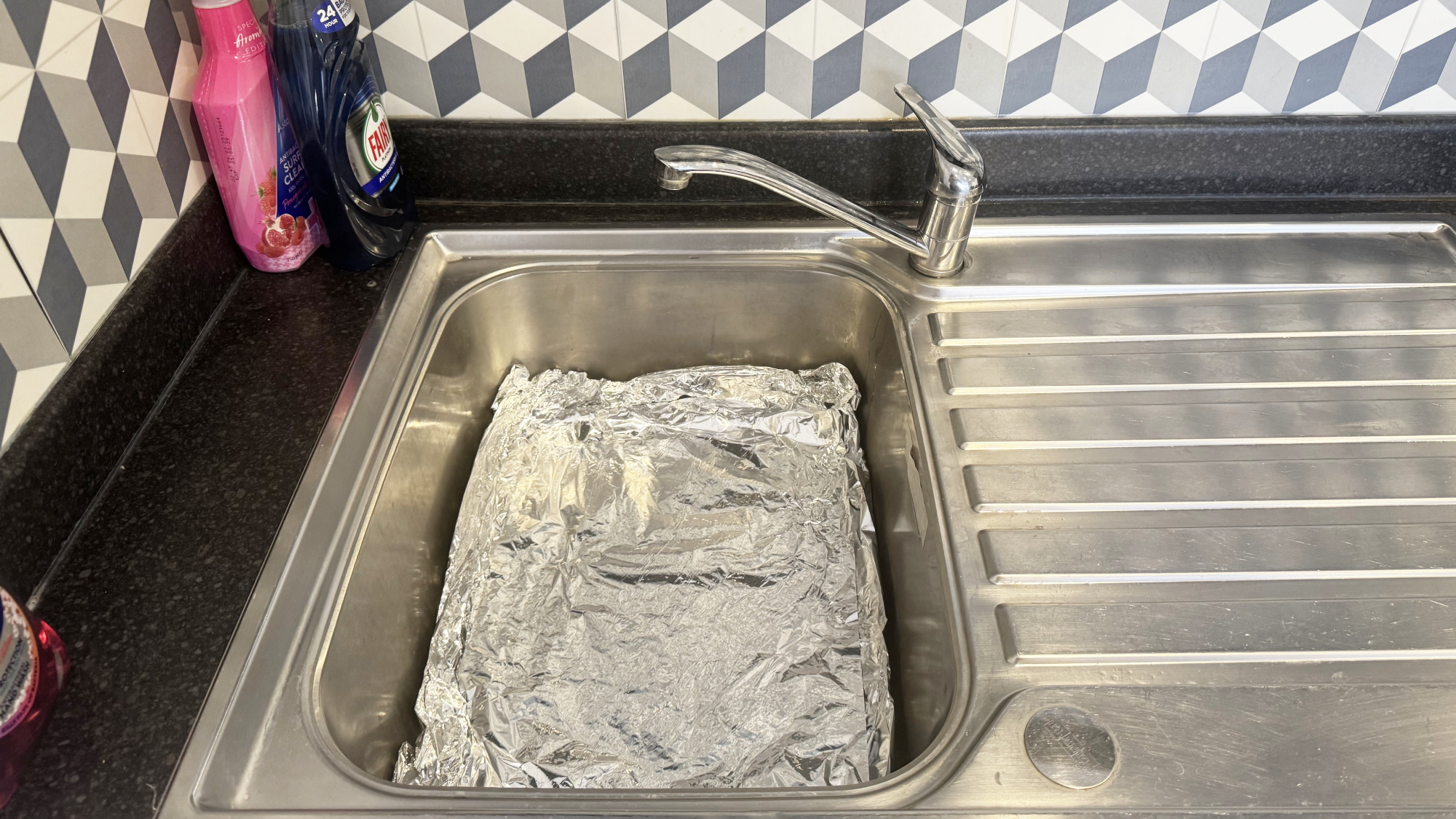
I started by lining a heat-safe dish with aluminium foil, making sure the shiny side was facing up.
You could also use your kitchen sink, saucepan or any container large enough to hold your cutlery. The key is ensuring the foil covers the entire bottom surface where your cutlery will rest.
2. Add baking soda and hot water
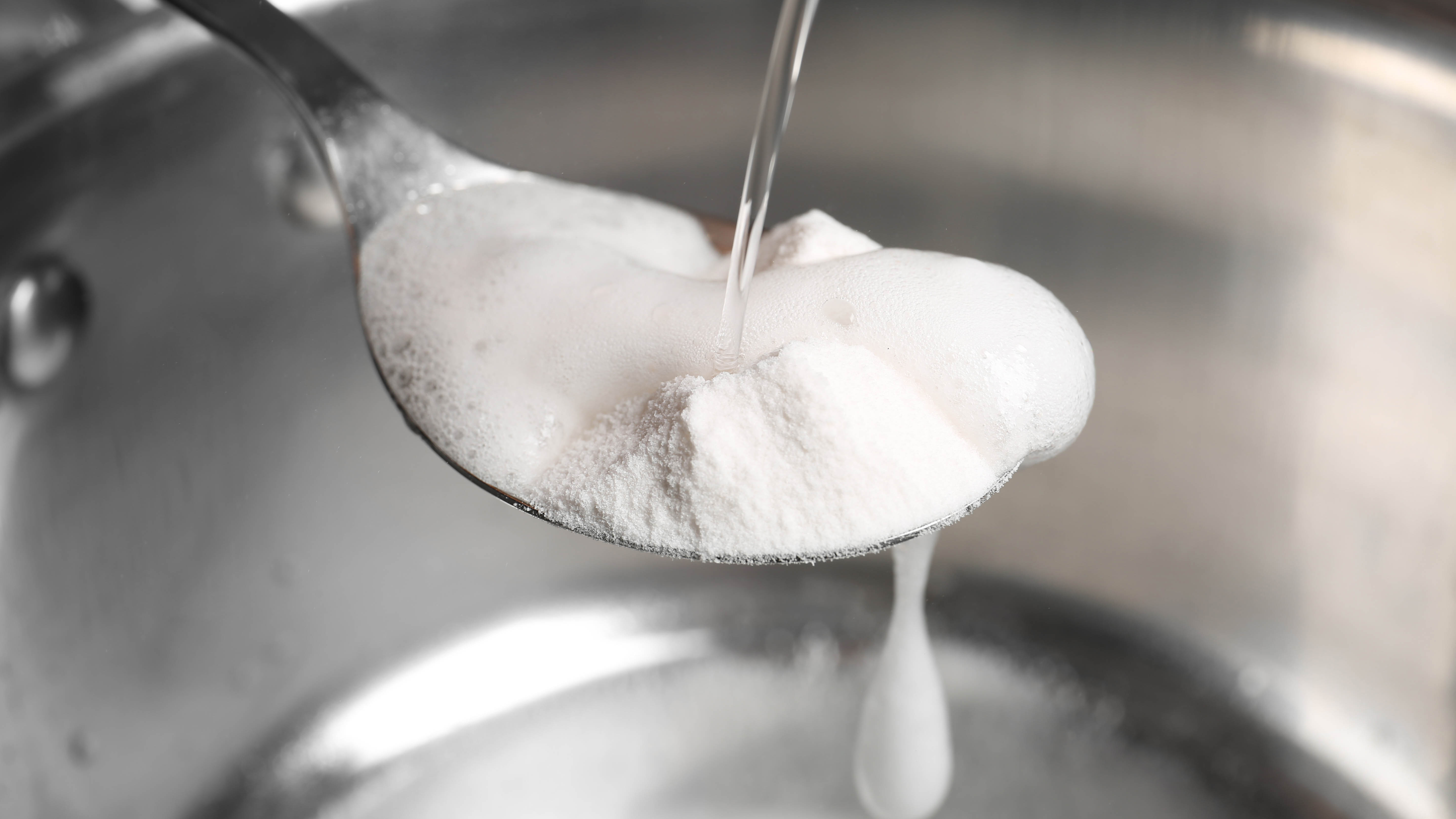
Add approximately 2-3 tablespoons of baking soda per gallon of water. I poured the baking soda directly onto the foil, then added hot tap water (not boiling) until there was enough to fully submerge my cutlery.
For stubborn stains, you can also make a paste of baking soda and water. To do this, mix 3 tablespoons of baking soda to 1 tablespoon of water and rub it on the cutlery before soaking.
3. Place the cutlery on the foil
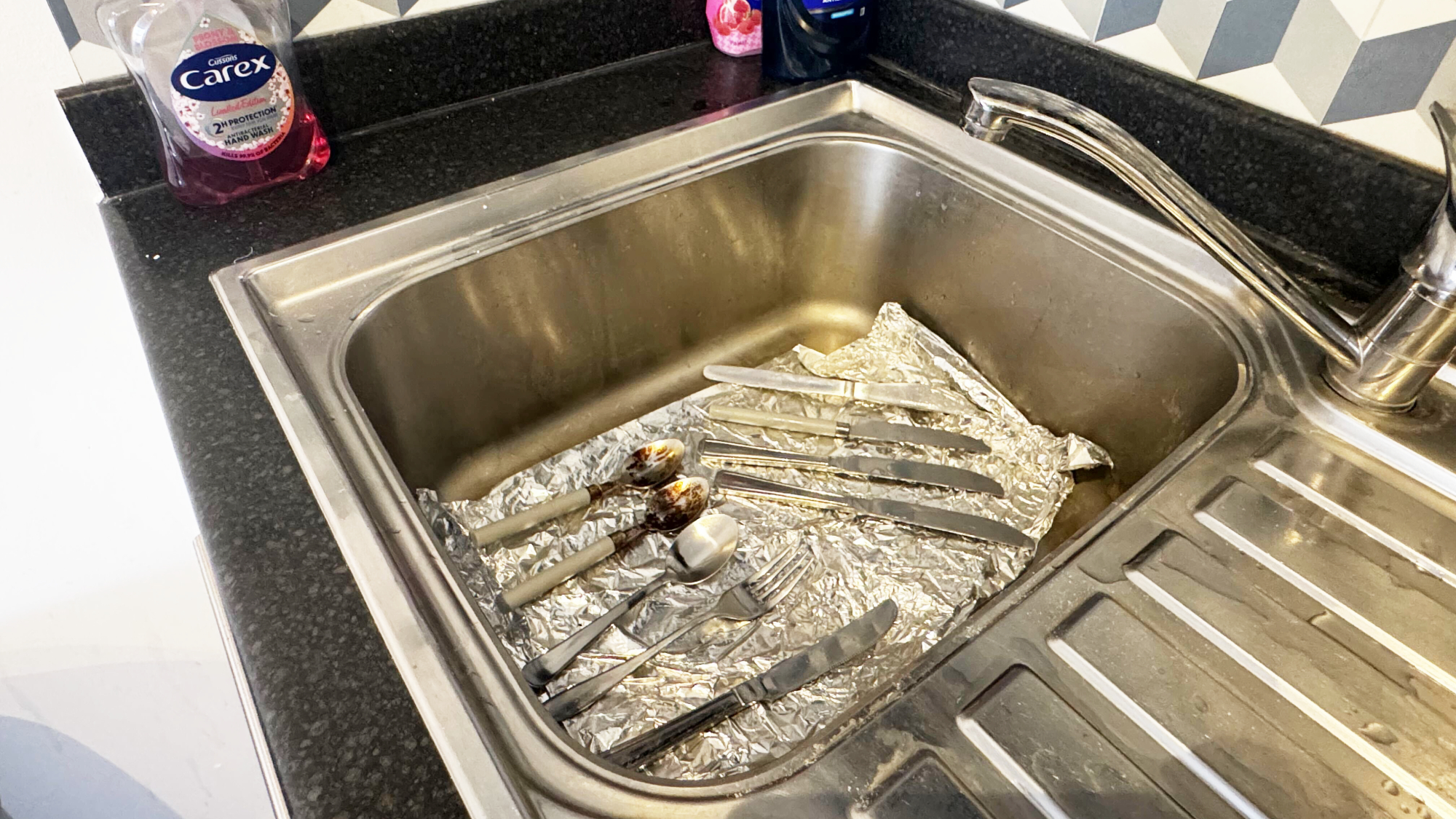
This step is crucial: carefully arrange each piece of cutlery directly on the foil, ensuring they are touching the aluminium.
This direct contact is essential for the electrochemical reaction to work. For heavily tarnished pieces, I made sure they had maximum contact with the foil surface.
4. Soak in the solution
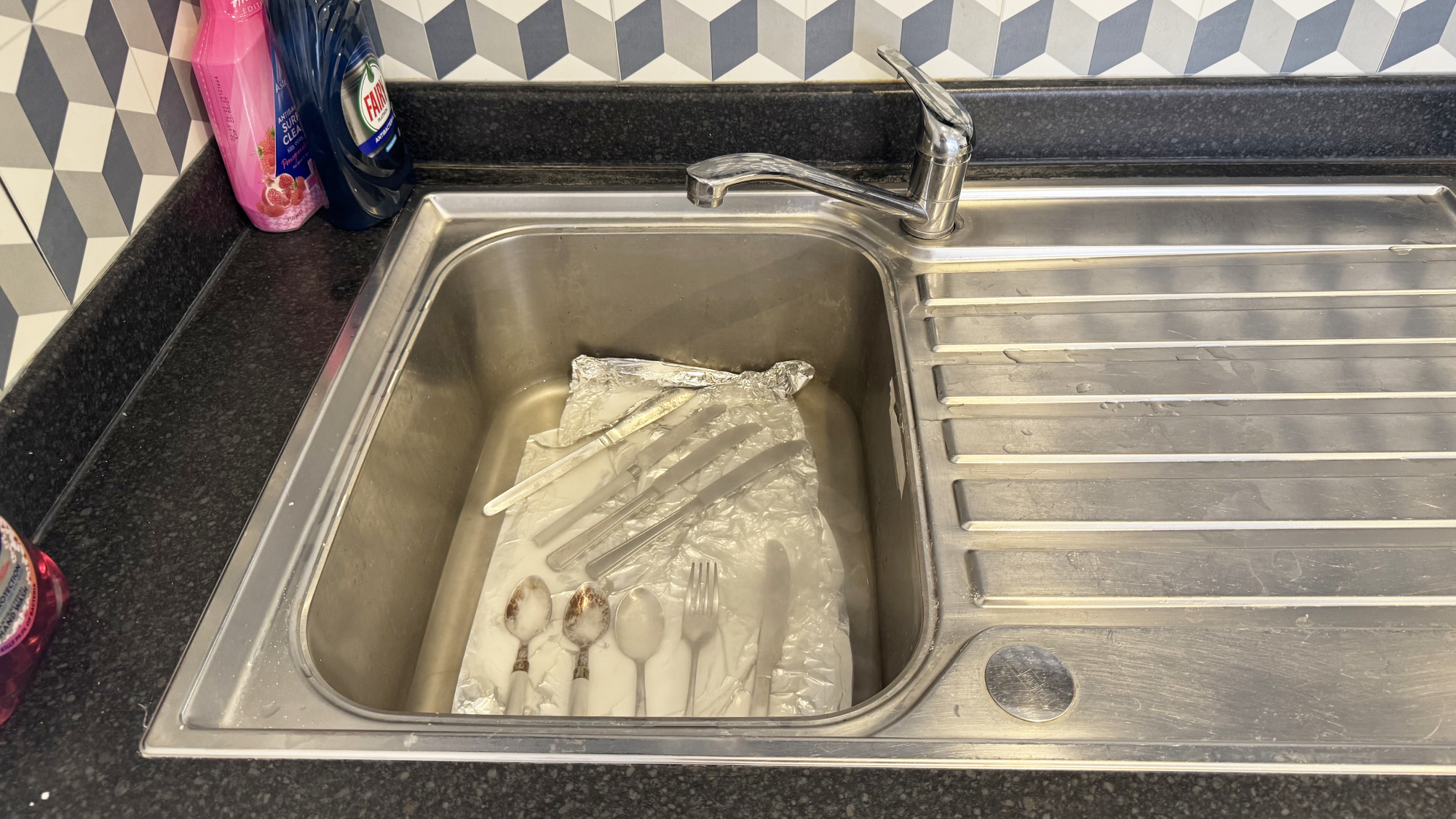
For most pieces, a 15-minute soak was more than sufficient, but something like a heavily tarnished serving spoons might need soak up to 30 minutes.
During this time, I occasionally added more hot water as the solution cooled. You should see the aluminium foil darkening as it pulls the tarnish away from your cutlery.
5. Rinse and dry thoroughly
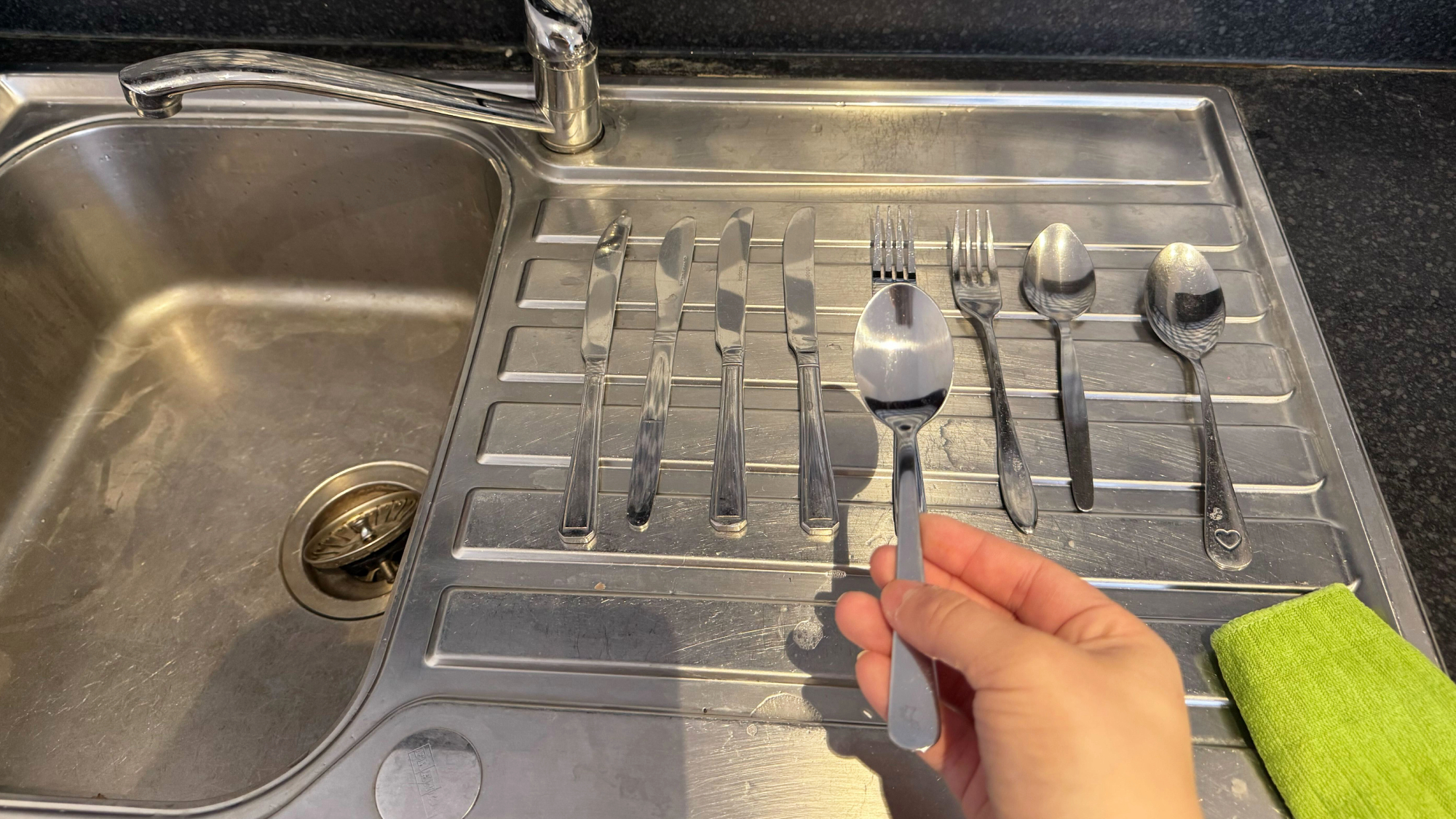
After soaking, remove each utensil, rinse it thoroughly under running water, and immediately dry it with a soft cloth.
This final drying step is important to prevent water spots and any future tarnishing.
Top tips
For stubborn tarnish
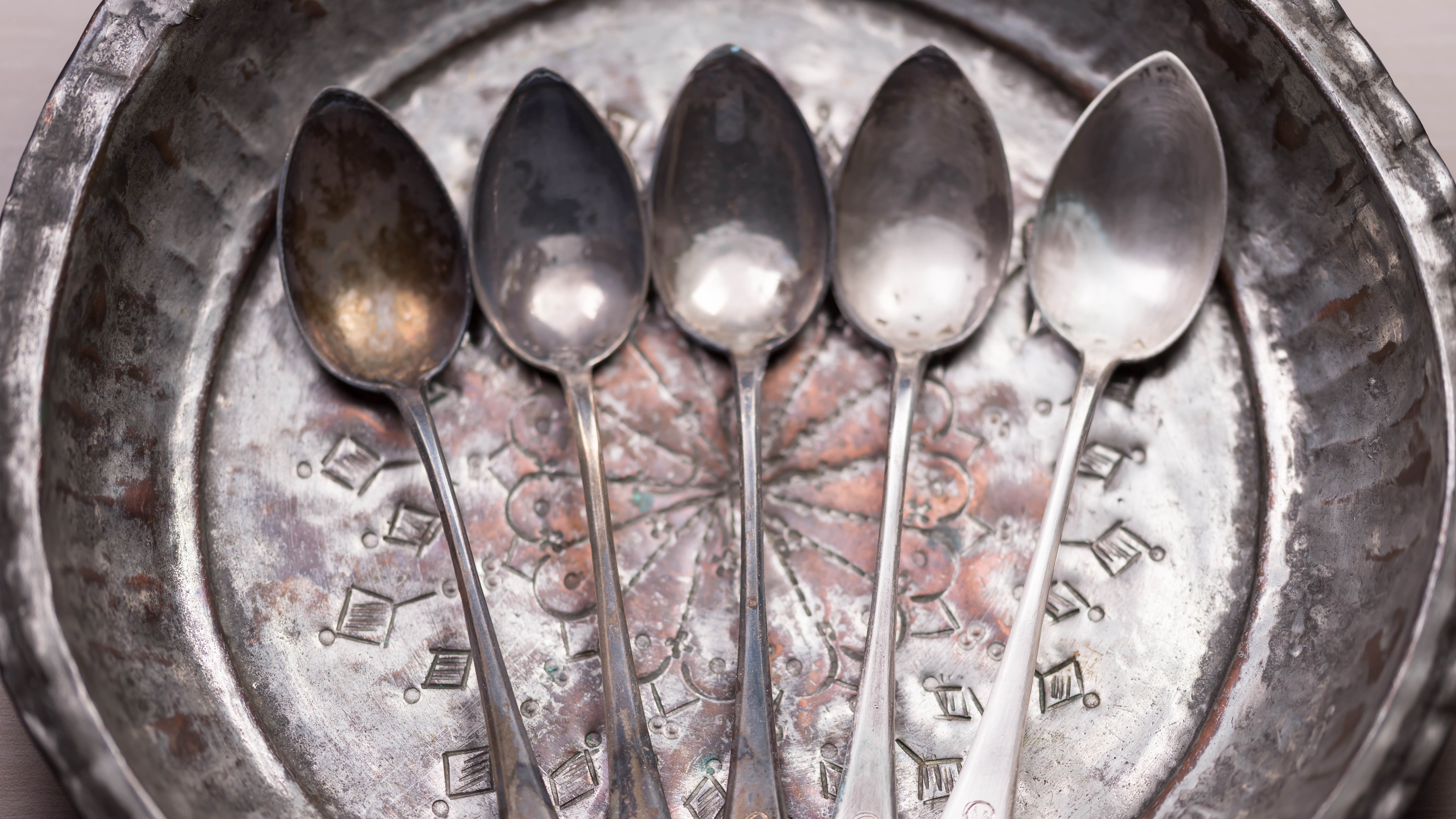
If some areas remain tarnished after the first treatment, repositioning the cutlery to ensure those spots make direct contact with fresh foil can help.
As mentioned early, you might want to make the baking soda and water paste to tackle those stubborn stains.
Water temperature matters
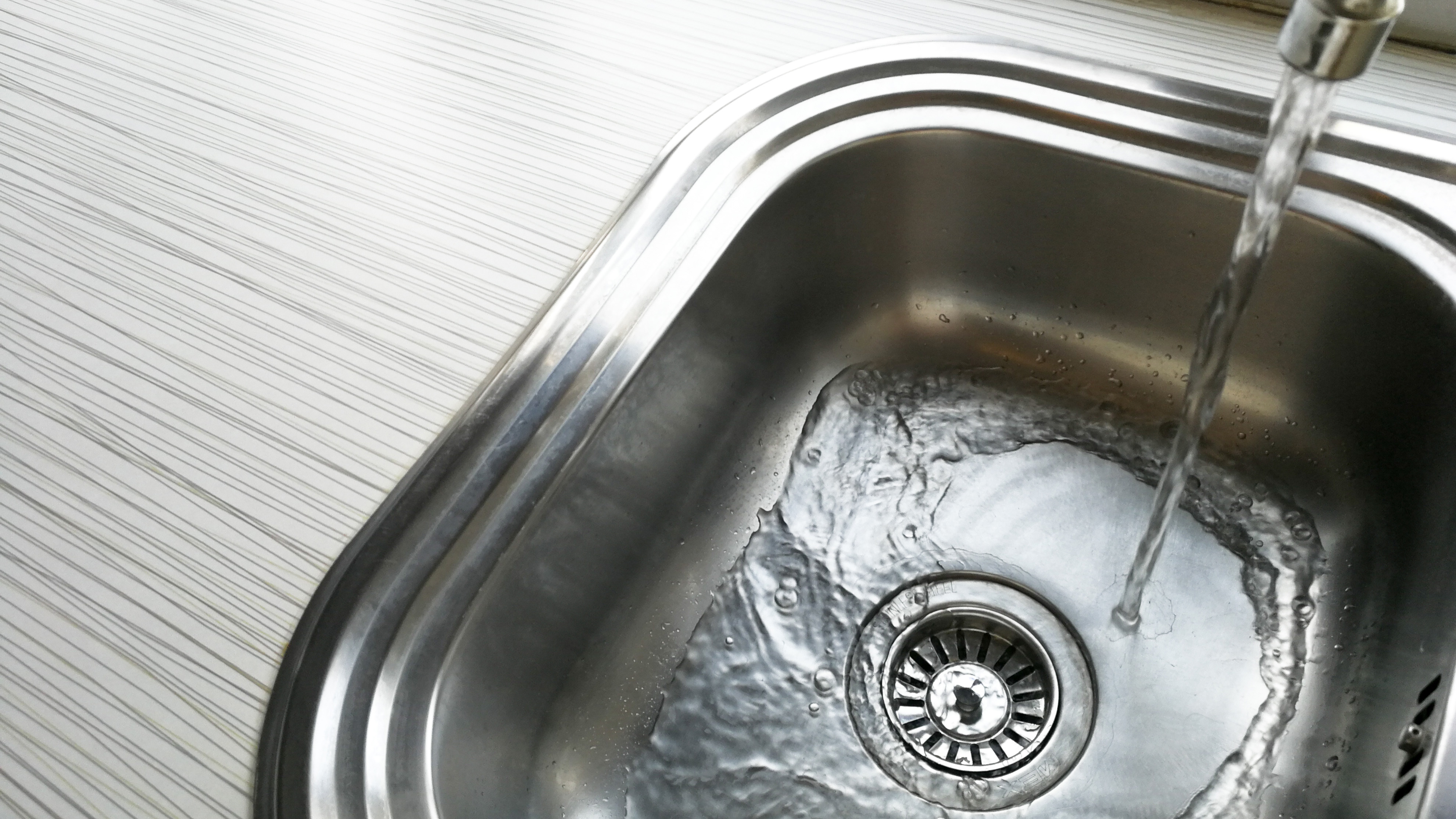
The water should be hot but not boiling. Too cool, and the reaction slows down. Boiling water isn't necessary and could potentially be dangerous.
Checking progress
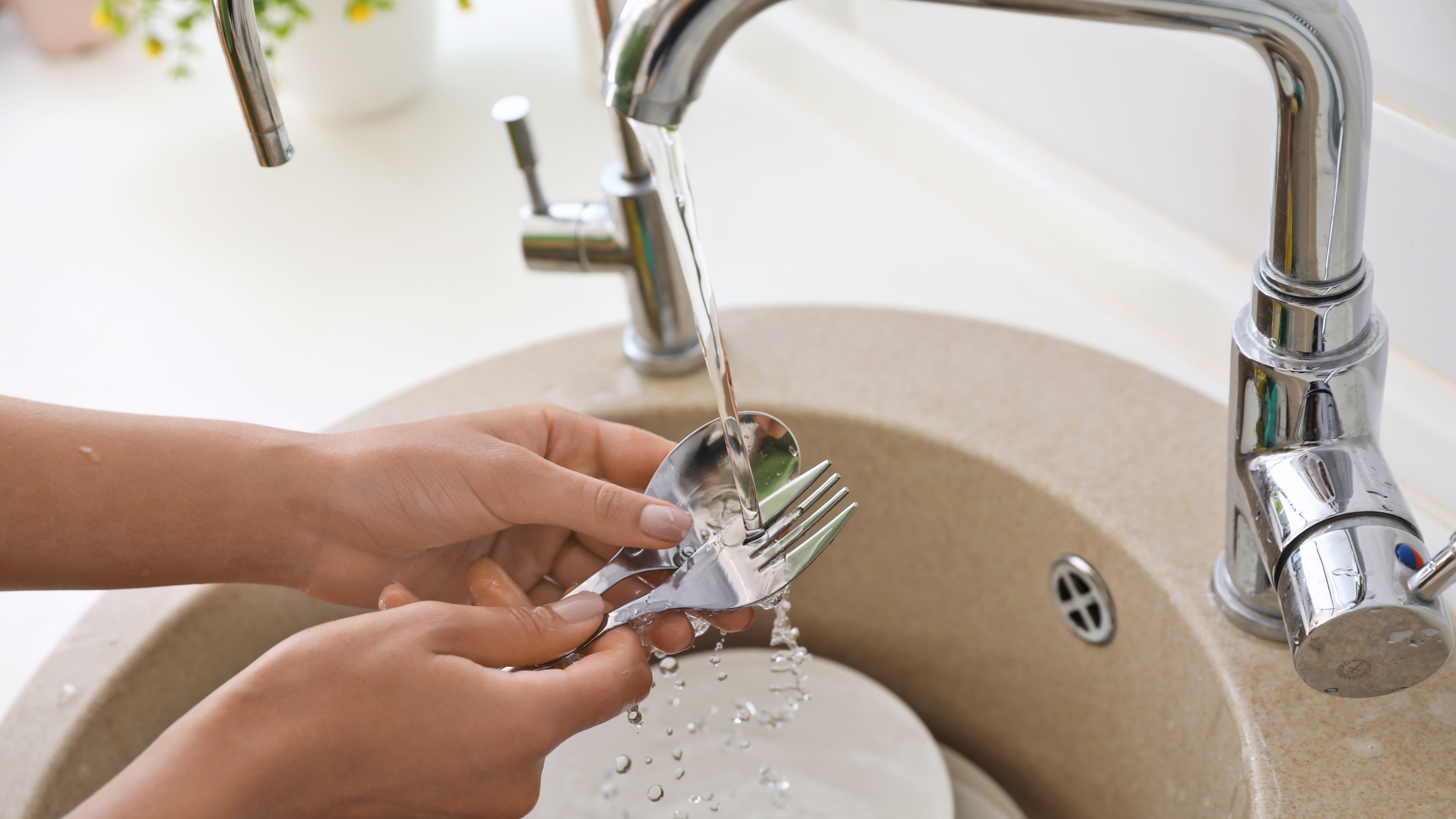
It's fascinating to watch the transformation, but avoid constantly lifting and replacing pieces as this interrupts the chemical reaction.
The solution will work its magic, and once its soaked for the sufficient time, rinse to see the transformation.
Why it's better than commercial cleaners
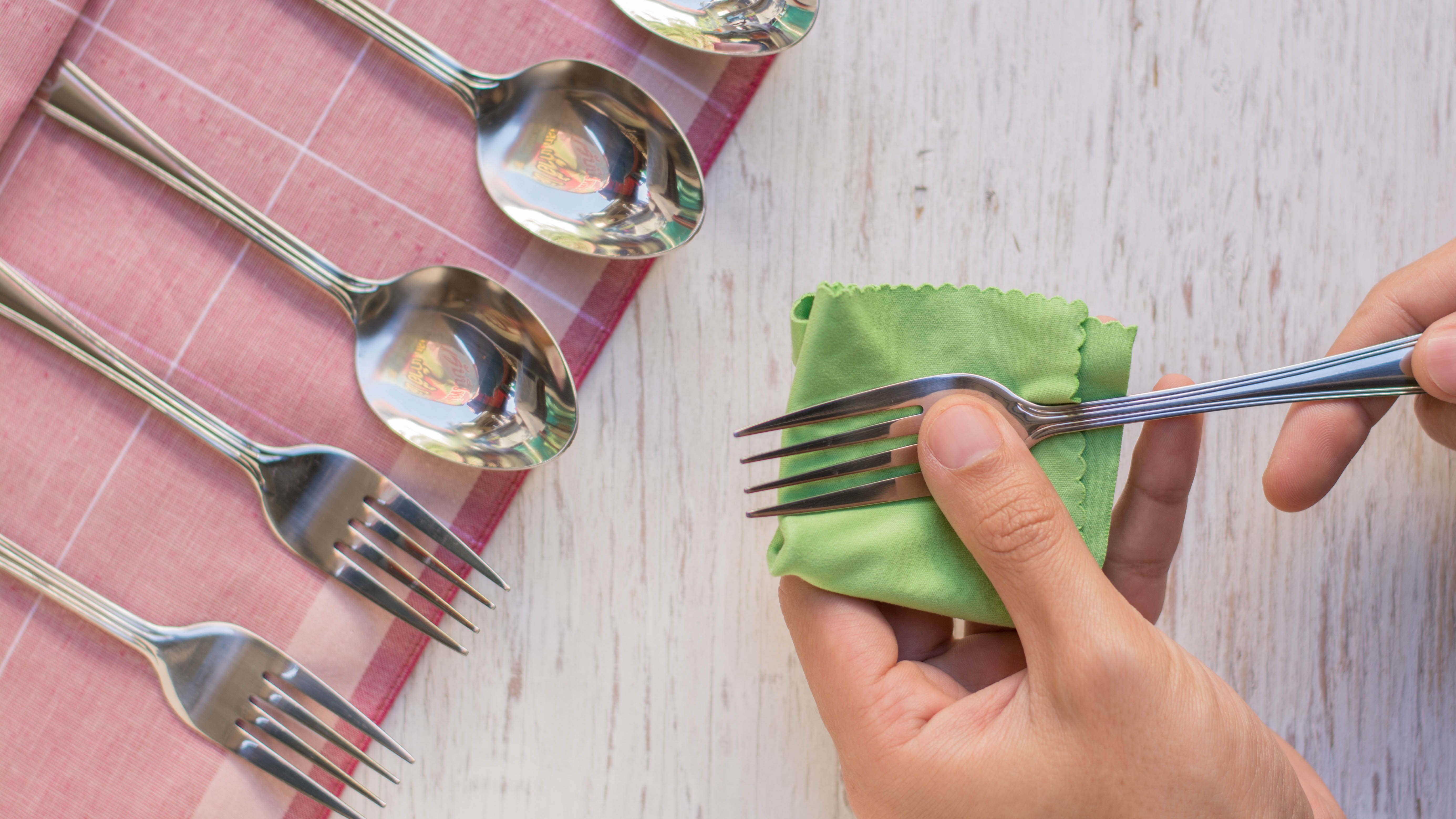
Beyond the obvious cost savings, this method has several advantages over traditional polishes. It doesn't remove any silver material (unlike abrasive polishes), it reaches crevices and detailed areas with ease, and it avoids the harsh chemicals found in many commercial products.
For someone who doesn't enjoy spending hours on household chores, finding a cleaning method that requires so little active work yet produces professional-level results has been a game-changer.
I've found a cleaning technique I'll definitely be using again.
Now that you've learned all about this cutlery cleaning hack, why not take a look at some of our other helpful guides?.
For the best online tips, check out this TikTok hack claims vinegar will clean your shower head and I tried this TikTok viral dishwasher trend and I can't believe the results. And to protect your induction cooktop, here's 7 mistakes you should stop making.

Kaycee is an Editor at Tom’s Guide and has been writing for as long as she can remember. Her journey into the tech world began as Cazoo's Knowledge Content Specialist, igniting her enthusiasm for technology. When she’s not exploring the latest gadgets and innovations, Kaycee can be found immersed in her favorite video games, or penning her second poetry collection.
You must confirm your public display name before commenting
Please logout and then login again, you will then be prompted to enter your display name.
